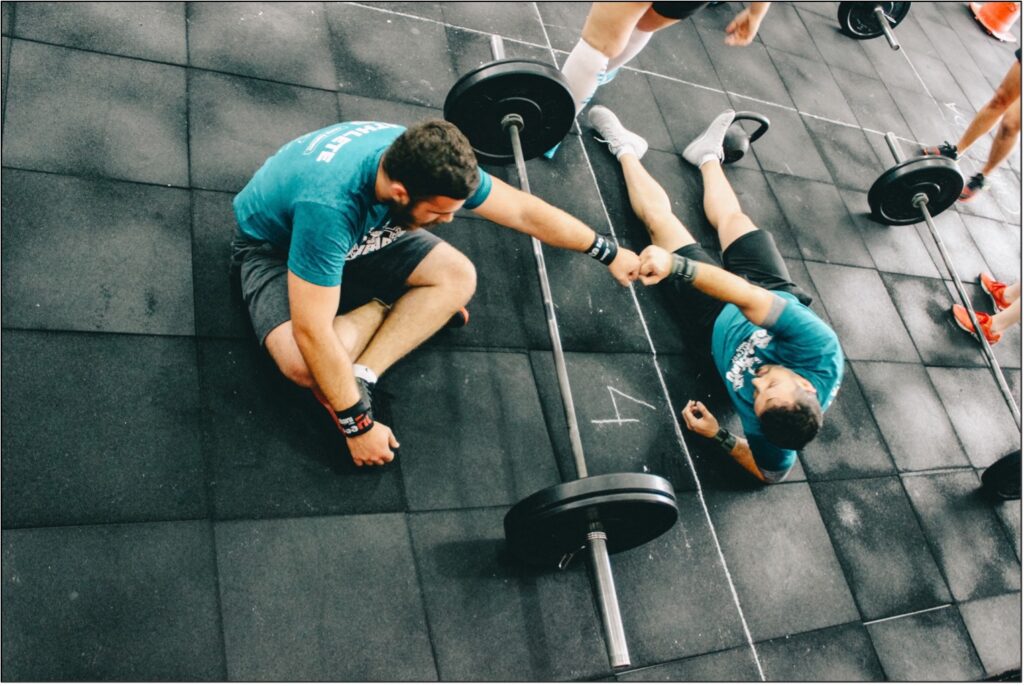Sometimes Leaders Go Last
While there are many times that leaders need to be out front, many times the best leaders put others in front of them to build their organizations and bring the best out of people.

Our CrossFit gym hosts a workout on Saturday mornings that is free and open to anyone. This workout is more than a workout – it’s an invitation to the broader community to come and join us. Because the workout is open to anyone, we normally have lots of visitors join our members, which can push class sizes into the 40’s, which is large for a CrossFit class. Coaches typically program these workouts as partner workouts for teams of two or three. All of this creates the perfect opportunity to embody a powerful leadership principle evident in healthy CrossFit gyms – the principle of going last.
Now, going last might sound like it flies in the face of fitness. After all, doesn’t fitness reward those who are first? Let me show you how it works. On a recent Saturday, I partnered with Anthony, who is very fit. He pushed the pace for the two of us, and we were one of the earlier partner teams to finish the workout. As other teams finished their workout, several of the newer members and visitors around us started to pick up their equipment to put it away. And here was a great moment to both teach and embody the principle of going last – “Nobody puts equipment away until everybody is done.” Instead, we encourage the athletes who are still training. And then, when everyone is finished, we start putting equipment away. Beginning with other athletes! That’s right – the principle of going last reinforces a key mindset for leaders – put others before yourself.
Full disclosure, not every CrosssFit gym practices the principle of going last (indeed, we don’t always follow this practice at our gym). In some gyms, putting your equipment away first is like the alpha letting the rest of the pack know, “Today I am the victor.” But let’s be honest – what’s to be gained by going first? In a gym, not only is it somewhat a safety hazard to be walking in and around other athletes still exercising, but it’s also demoralizing to the community. Instead of inviting people to come as they are, going first tells them, “Well, you’re not here yet. Maybe your fitness will be as good as mine one day, but not today.” Similarly, as leaders, going first can be self-serving and status building. Simon Sinek echoed this principle in his book, “Leaders Eat Last.” The principle of going last is really a way of practicing self-control and demonstrating that you are putting others in the organization first.
Two thousand years ago, the apostle Paul – one of the key leaders in the growing Christian movement – wrote this about not putting yourself first:
“Do nothing out of selfish ambition or vain conceit. Rather, in humility value others above yourselves, not looking to your own interests but each of you to the interests of others.”
— Philippians 2:3-4
As leaders, how do we learn to look after the interests of others? We learn it as we interact with others. At the gym, waiting to put equipment away creates space for us to celebrate the work of others. It reminds us that encouragement is something we all need. When we wait until we all are done, we’re recognizing the power of self-control. And those seemingly insignificant acts and moments of humility, added together, shape and form the kind of organization people want to be a part of.
Fellow leader: the next time you’re in the gym, work on your “leadership physique” by practicing the principle of going last, and see what it does for your leadership influence.

